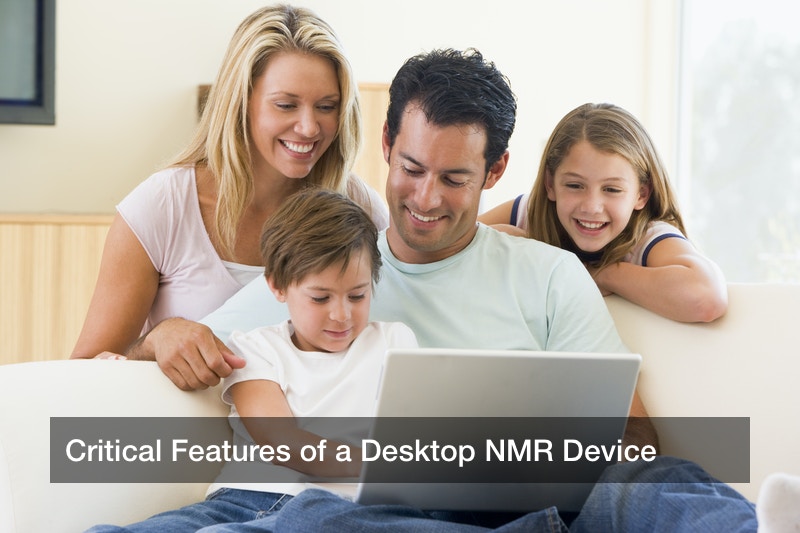
Critical Features of a Desktop NMR Device

The Desktop NMR device has found many applications in industries today. They have proven useful in enhancing data collection and boosting productivity. Recent versions of the equipment can be integrated with new technologies to improve decision making.
In this article, we look at some critical features of benchtop NMR devices for industries and businesses.
Convenience and Portability
Low-field NMR devices use permanent magnets or electromagnetism. In effect, they produce a frequency range of between 60 MHz to 100 MHz. The use of magnets has made it practical for manufacturers to develop increasingly portable spectrometers.
Portability is an important feature for a desktop NMR in any modern industry. The device can provide real-time results from chemical analysis. You can find a tabletop NMR that can fit neatly on your office desk. That way, it is possible to reduce the duration between running the test and analyzing the data.
In the past, NMR spectrometry was done with equipment that required expensive storage and safety arrangements. The complexity of the system prevented the rapid analysis and application of the data. The slow uptake of chemical information by the industry can significantly affect productivity.
Therefore, portability is a critical feature if the organization is to optimize its efficiency. The type of desktop NMR you opt for will depend on the nature of the workflow within the plant or lab. If the research project requires a lot of field sampling, the portability of the device will have a greater impact on the overall output.
Software and Usability
Besides the use of permanent magnets, the NMR spectrometer has evolved to incorporate new technologies. Today’s technological advances in the areas of Artificial intelligence, cloud computing, and the Internet of Things, have shown promise in improving the quality and speed of chemical analysis.
With improvements in efficiency, industries can integrate the data more seamlessly into their operations. For example, IoT devices can send data to NMR applications. The software may analyze huge amounts of data and share it across territories instantaneously.
The software eliminates multiple points of error by directly sharing the information to a cloud. It enhances safety by minimizing human involvement in potentially hazardous situations. Additionally, the software can simplify the process of chemical analysis. Some portable NMR systems can handle 1D, 2D, and 13C spectra.
Efficiency and Cost Saving Features
The system does not require extensive knowledge of NMR. Students can conduct chemical analysis without the expertise that traditional spectrometers demand. It can be advantageous to organizations that outsource their chemical analysis and want to cut down their expenditure.
Since the device can share vast amounts of data simultaneously, maintenance can be simplified. In the future, Internet of Things will enable scientists, analysts, to share information on common faults, and errors. IoT and desktop NMR will also allow for more collaboration that could be the key to survival for businesses in the 4th Industrial Revolution.
In Conclusion
Tabletop NMR devices have evolved from the cryogenic spectrometer, which was cumbersome and expensive. Businesses can take advantage of the dramatic change in portability to enhance their processes and boost their bottom-line. The key is to find the features that match the organization’s day-to-day workflow. To learn more about NMR devices, visit our website today.